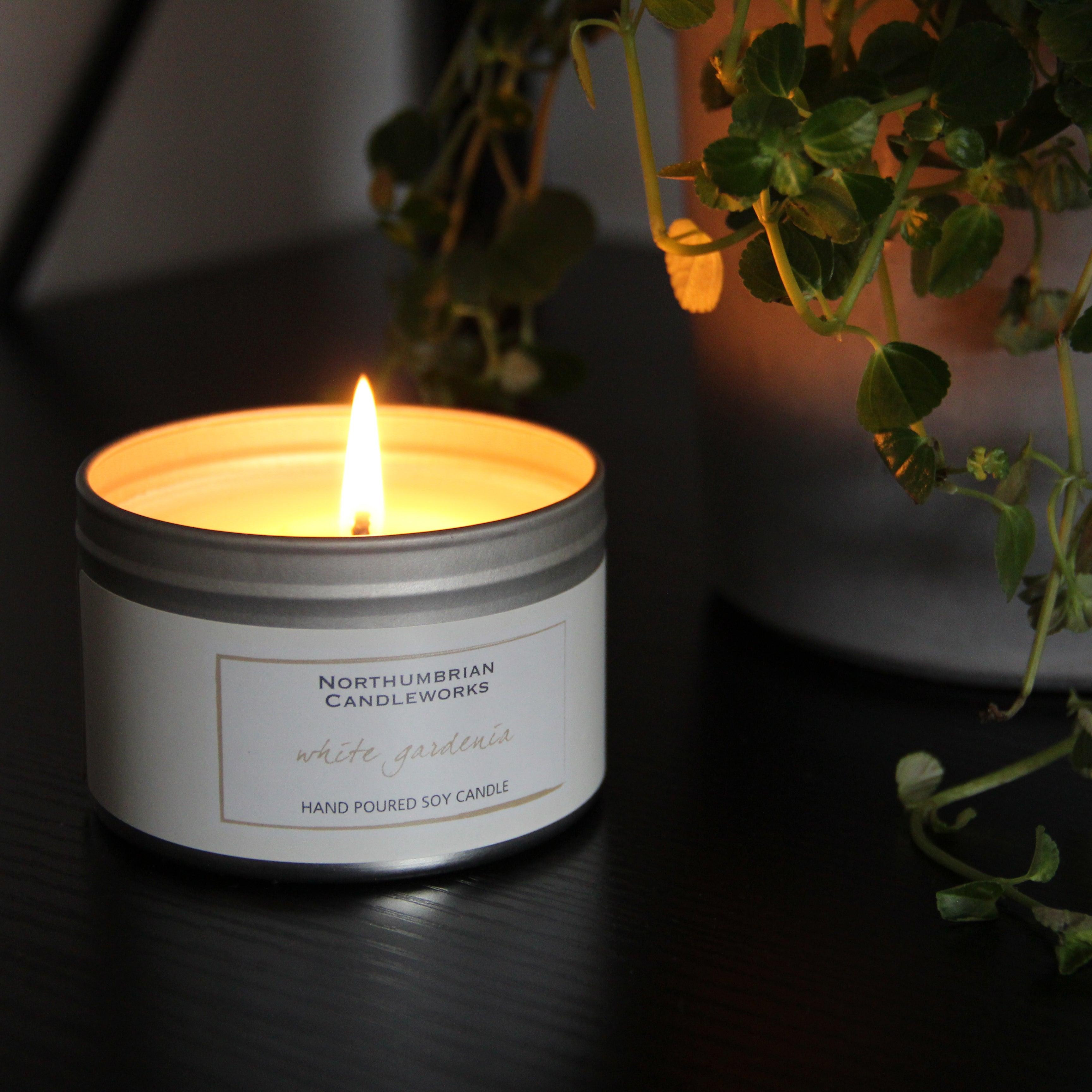From Wick to Wax: Understanding the Chemistry Behind Soy Wax Candles and Their Ecological Effect
As we brighten our rooms with the cozy radiance of candles, there exists a realm of intricate chemistry behind the relatively straightforward act of lighting a soy wax candle. The option in between soy and paraffin wax extends past simple aesthetics, diving right into the realm of environmental effect and the very make-up of the products. Comprehending the molecular structure of soy wax and its burning procedure clarifies the discharges released right into our environments. Join us as we unwind the scientific details behind soy wax candle lights and discover their effects on our environment.
Soy Wax Vs. Paraffin Wax
When comparing soy wax and paraffin wax for candle light production, it is important to comprehend the unique characteristics and benefits of each material. Soy wax is an all-natural, renewable energy stemmed from soybean oil, making it eco-friendly and environmentally friendly - home fragrance. In contrast, paraffin wax is a result of petroleum refining, which increases issues regarding its ecological effect and sustainability
Soy wax candle lights burn cleaner and discharge less soot contrasted to paraffin wax candle lights, making them a much healthier selection for interior air top quality. Furthermore, soy wax has a lower melting factor, enabling a longer-lasting candle light that disperses fragrance better. Paraffin wax, on the various other hand, often tends to melt faster and much less easily, possibly launching harmful chemicals right into the air.
From a sustainability viewpoint, soy wax is preferred for its biodegradability and eco-friendly sourcing, lining up with the growing customer choice for eco aware items. While paraffin wax has actually been a standard option in candle light making because of its affordability and convenience of usage, the shift towards green alternatives like soy wax is obtaining energy in the sector.
Chemical Structure of Soy Wax

Combustion Process in Soy Candles
The chemical make-up of soy wax straight influences the burning process in soy candles, affecting factors such as melt time, aroma launch, and environmental influence. When a soy candle light is lit, the heat from the fire thaws the wax near the wick.
The burning effectiveness of soy candles is influenced by the pureness of the soy wax and the quality of the wick. A clean-burning soy candle light with an effectively sized wick will reduce and create a consistent fire soot development. This not just extends the melt time of the candle but likewise improves the release of fragrances. In addition, soy wax candles have a lower ecological impact contrasted to paraffin candles because of their biodegradable and sustainable nature.

Environmental Benefits of Soy Wax

Considered a sustainable alternative to typical paraffin wax, soy wax provides remarkable environmental advantages that make it a popular option among eco-conscious customers. Soy wax burns cleaner and creates much less soot than paraffin wax, contributing to far better interior air top quality and decreasing the demand for cleansing and maintenance. Generally, the environmental advantages of soy wax line up with the expanding demand for green and sustainable products in the try this website market.
Recycling and Disposal Considerations
Recycling and correct disposal of soy wax candle lights play a critical role in preserving ecological sustainability and minimizing waste in households and areas. When it comes to reusing soy wax candle lights, the initial step is to ensure that the candle light has melted completely. This can be attained by enabling the candle to melt up until the wick is no more usable, and afterwards allowing the remaining wax cool and solidify. When the wax has solidified, it can be very carefully gotten rid of from the container.

In regards to disposal, if recycling is not an option, soy wax candle lights are eco-friendly and can be securely taken care of in the majority of family waste systems. It is constantly suggested to check with neighborhood recycling facilities or waste administration services for particular guidelines on candle light disposal to make sure proper handling and ecological security.
Verdict
In verdict, the chemistry behind soy wax candle lights discloses their ecological advantages over paraffin wax candles. Soy wax, acquired from soybean oil, burns cleaner and produces much less residue when contrasted to paraffin wax. The combustion procedure in soy candles is much more efficient, resulting in a much longer and much more also shed. Additionally, soy wax is eco-friendly and naturally degradable, making it a much more sustainable selection for candle light production. Recycling and proper disposal of soy wax candle lights additionally contribute to their environmental influence.
When contrasting soy wax and paraffin wax for candle production, it is essential to recognize the distinctive characteristics and advantages of each product (candles).Soy wax candles burn cleaner and give off less soot compared to paraffin wax candle lights, making them a healthier choice for interior air high quality.Thought about a lasting option to this typical paraffin wax, soy wax provides noteworthy ecological advantages that make it a popular sites choice amongst eco-conscious consumers. Soy wax burns cleaner and generates much less residue than paraffin wax, adding to better indoor air high quality and minimizing the demand for cleansing and upkeep.In verdict, the chemistry behind soy wax candles exposes their environmental advantages over paraffin wax candles
Comments on “Instill Your Home with the Aroma of Crystal Soy Candles and Home Fragrance”